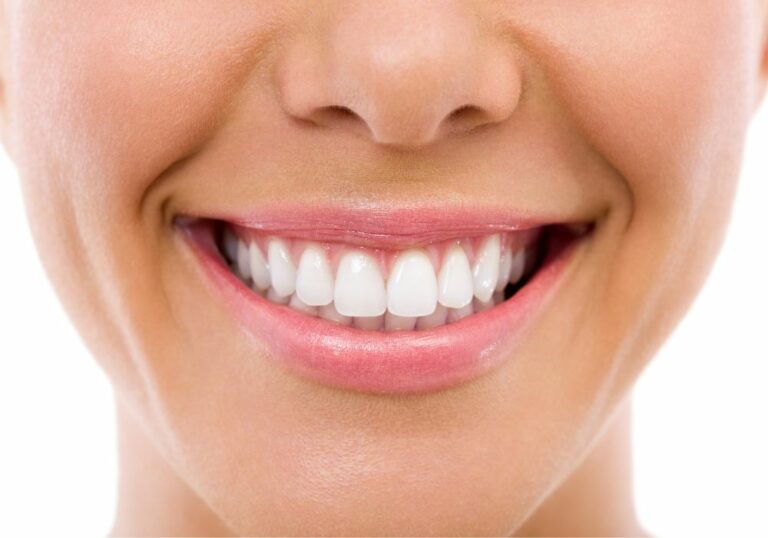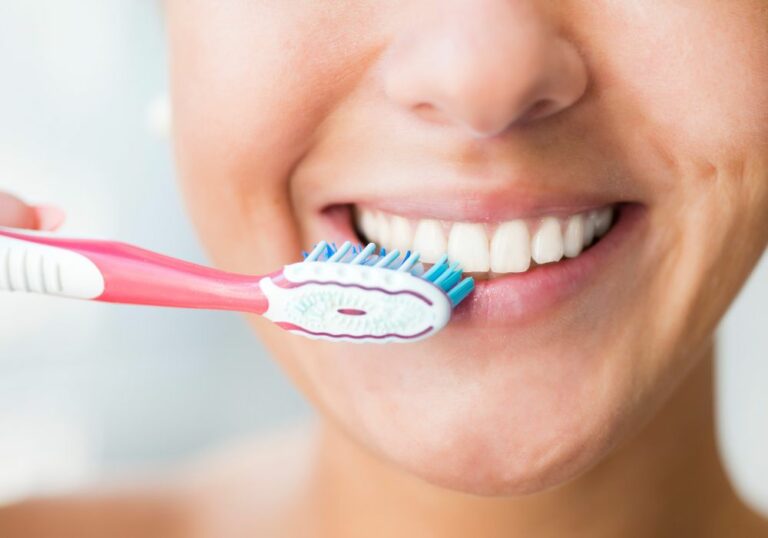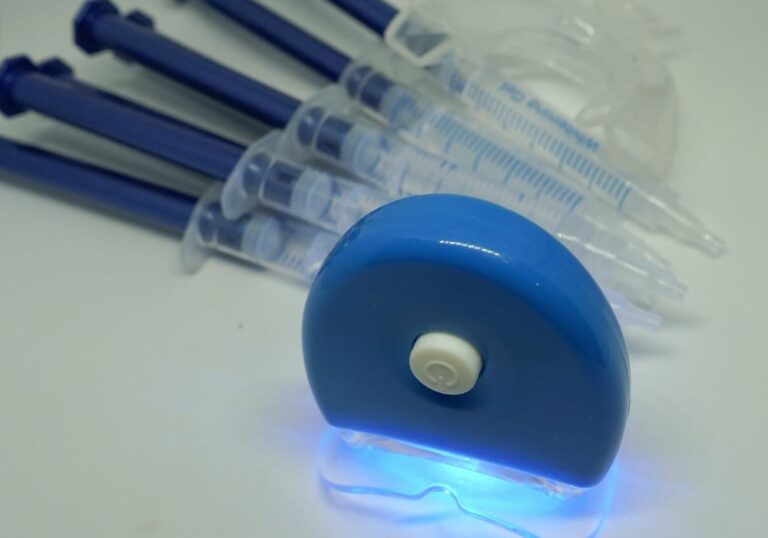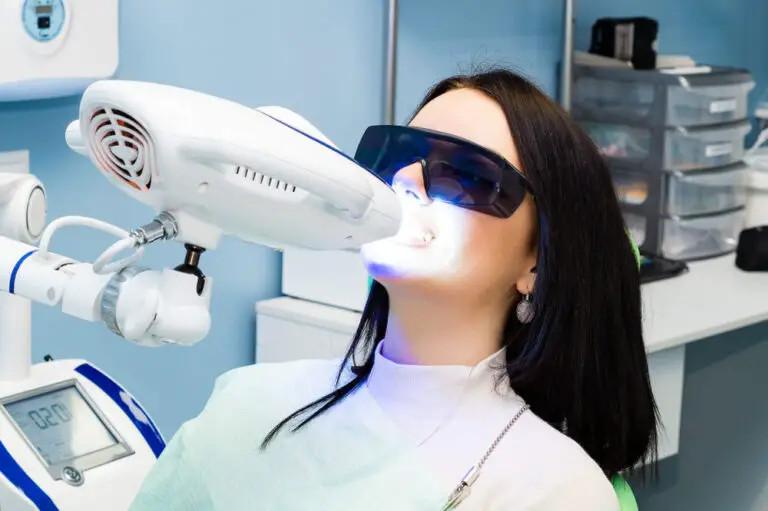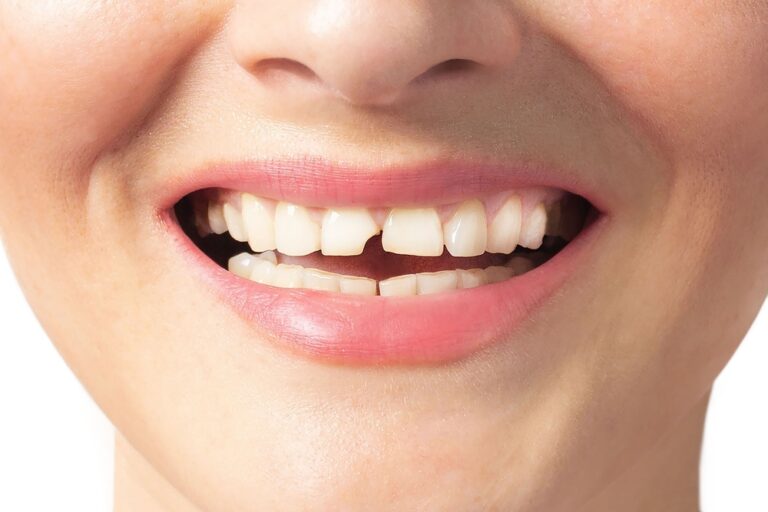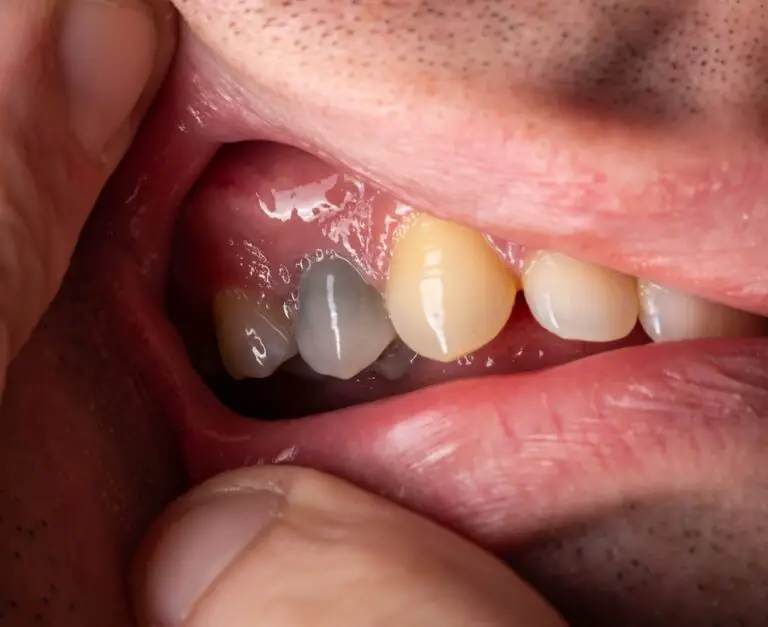A crown for every tooth is possible
The short answer is that you can technically get a crown placed on any or all of your teeth if recommended by your dentist. While most people only get a few crowns in their lifetime when teeth become cracked, worn down or discolored, some elect to undergo full-mouth crowning and have crowns placed on all their teeth for cosmetic purposes or extreme dental issues. There is no dental rule that limits the total number of crowns you can have. The decision depends on your specific needs and goals.
What are dental crowns and why are they used?
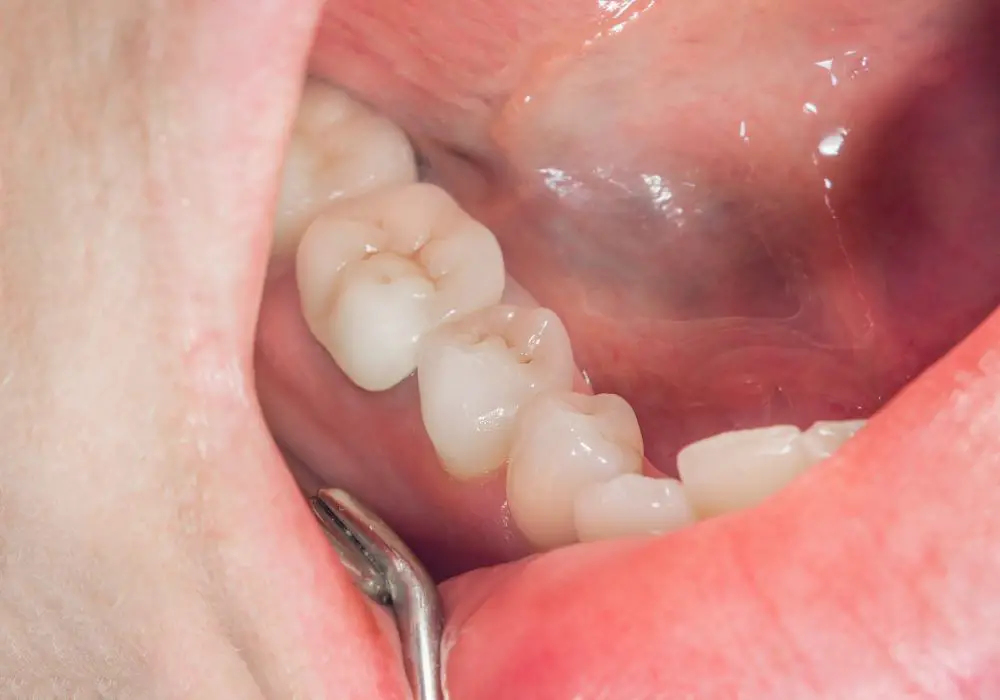
A dental crown, also known as a cap, is a tooth-shaped prosthetic used to protect and restore damaged or decayed teeth. Crowns fully encase the visible portion of the tooth with a covering that looks and functions like a natural tooth. Crowns are necessary when a tooth becomes too compromised to support a basic filling, such as with:
- Large cavities
- Cracks, fractures or craze lines
- Severely worn down enamel
- Weakened tooth structure
- Following root canal treatment
- Internal resorption
- Discolored teeth unamendable to bleaching
- Congenitally malformed teeth
- Following placement of a dental implant
The crown acts as a new outer surface for the tooth, holding together cracked or broken segments and reinforcing thin areas prone to fracture. It is crafted to mimic the original shape, size and bite of your natural teeth. The custom-designed crown cements into place over the prepared tooth and seamlessly replaces the visible enamel.
There are several reasons crowns are used to restore form and function:
Protecting Weak Teeth: Placing a crown helps protect and strengthen teeth that are compromised but still have healthy roots and bone support. This can prevent future fracture or breakdown.
Holding Cracked Tooth Fragments: Crowns repair incomplete cracks, fractures and craze lines by encasing the broken segments in a solid artificial covering. This prevents further damage.
Covering Areas Prone to Fracture: Following root canal treatment or internal resorption, teeth are more susceptible to cracking and fracturing under biting forces. A protective crown reinforces weak spots.
Anchoring Dental Bridges: Crowns placed on teeth adjacent to a missing tooth can serve as abutments to hold a bridge firmly in place. The crowns provide strength and stability.
Capping Dental Implants: After a dental implant is surgically inserted, a crown is attached to the abutment to replace the visible enamel portion. The implants and crowns work together to replace missing teeth.
Preventing Tooth Structure Loss: Excessive acid or mechanical wear over time can erode and thin enamel. Crowns completely envelop the tooth to stop incremental damage.
Reshaping Teeth: Crowns can restore normal tooth contours, cover anomalies or reshape teeth for a uniform appearance. Cosmetic improvements are possible.
Full-Mouth Rehabilitation: In extensive cases involving multiple severely damaged or missing teeth, full-mouth crowning may be part of a comprehensive treatment plan to reconstruct the entire dentition.
Types of crowns and material options
There are different types of dental crowns available made from various materials. The ideal crown choice depends on factors like which tooth needs restoration, extent of damage, forces on the tooth, aesthetics, cost and the patient’s needs:
Porcelain Crowns: Made of ceramic material, porcelain crowns match the translucency and color of natural tooth enamel. They are strong, durable and resist staining. Excellent choice for anterior visible teeth.
Porcelain-Fused-to-Metal Crowns: A porcelain exterior fused onto a metal substrate creates a very sturdy crown with good aesthetics. Used for back teeth to withstand powerful chewing forces.
Full Gold Crowns: Prized for their longevity, full gold crowns have excellent marginal integrity. The metallic color limits them to posterior teeth.
Stainless Steel Crowns: Made with stainless steel for affordability and strength. Mainly used temporarily on children’s teeth.
Zirconia Crowns: Constructed with zirconium for optimal strength, aesthetics and biocompatibility. Ideal for patients with metal allergies.
Emax Crowns: Using lithium disilicate ceramic, e.max crowns provide exceptional translucency and aesthetics for front teeth.
The crown type prescribed by your dentist will depend on your specific needs, goals, dental insurance coverage and budget. Discuss the best options for your particular case.
Limits on the number of crowns per visit
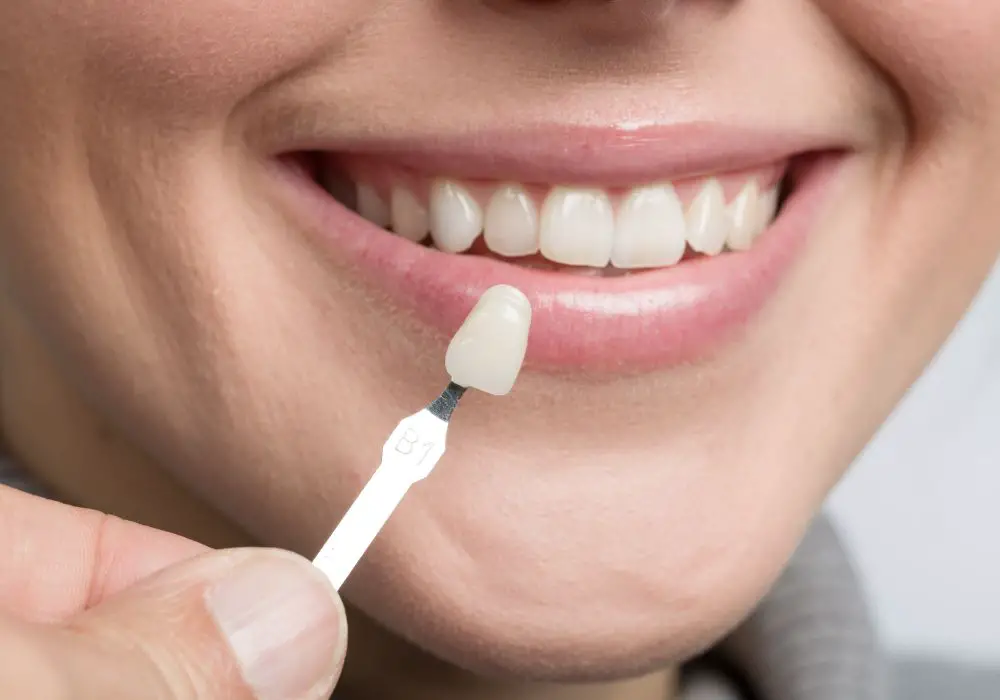
When undergoing crown treatment, patients often wonder – how many crowns can be placed at one time? There is no absolute limit or dental guideline on the maximum number of crowns that can be done per visit. Some patients opt for full-mouth reconstruction and receive crowns on all their teeth in one or several marathon appointments. However, treatment on such an extensive scale in a single sitting is fairly rare.
More commonly, patients will have between 2 and 8 crowns placed in one longer appointment. Factors that allow for more crowns per visit include:
- The total number of teeth requiring crowns
- Patient’s stamina and comfort level
- Dentist’s schedule availability and time allotted
- Use of digital impression technology instead of traditional impressions
- Complexity and difficulty of the case
Placing multiple crowns in a single visit helps conserve time and money compared to spacing out treatment over many short appointments. However, longer visits are more tiring for the patient and require excellent anesthetic effect. Most patients can comfortably undergo crown placement on 4-6 teeth per appointment. Very complex cases likely require multiple visits to complete rehabilitation.
Lifetime limits on the number of crowns
Over a lifetime of dental care, it is not uncommon for a person to need a dozen or more crowns. The average person will have 3-5 crowned teeth by the time they reach old age. However, some individuals have 20+ crowns in their lifetimes, especially if they have genetic anomalies, bruxism, trauma history, or poor oral hygiene leading to substantial decay and fractures.
Having a higher number of crowned teeth is more likely when:
- Genetic factors result in weaker enamel or dental anomalies
- Long history of cavities, large fillings and re-treatments
- Bruxism causes grinding, cracking and excessive wear
- Trauma from sports injuries, accidents or impacts resulted in fractures
- Habitual nail biting, chewing on pens/ice/nuts causes breakdown
- Highly acidic diet erodes enamel over time
- Insufficient fluoride while teeth were still developing
- Missing teeth without replacement leads to overloading of remaining teeth
While modern crowns can last 10-30 years or longer with proper care, eventual failure requiring replacement is inevitable. So you may need 1-3 crown replacements over your lifetime as crowns reach the end of their functional lifespan. Nonetheless, well-made crowns allow you to keep your natural teeth functioning for life.
Potential disadvantages of excessive crowning
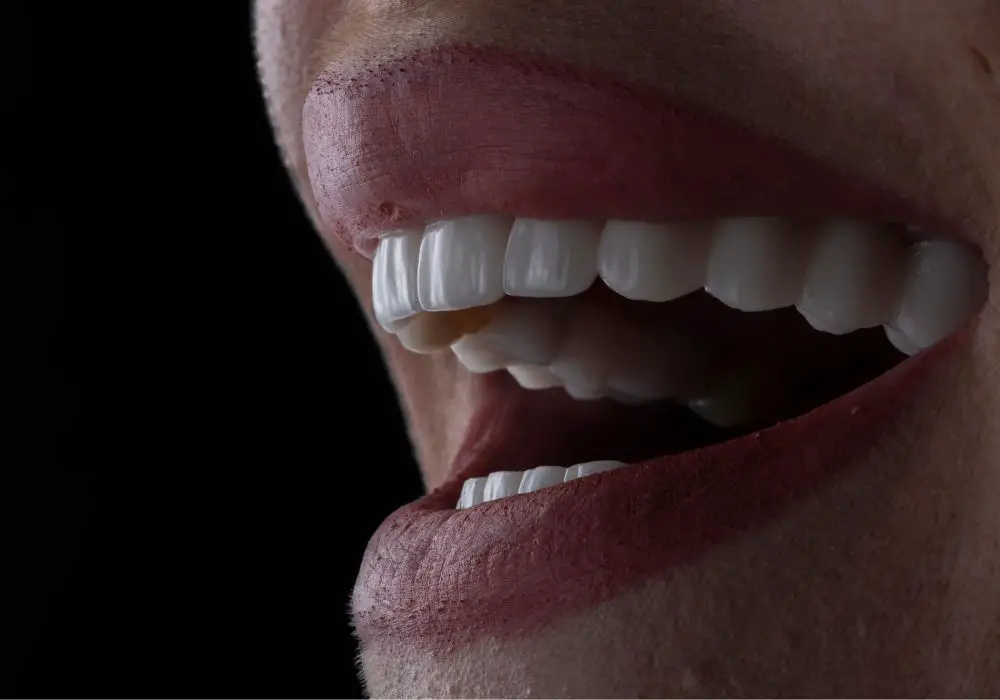
While crowns are an excellent option for restoring badly damaged or broken teeth, having too many crowns can also create some disadvantages:
- Requires significantly removing healthy tooth structure
- Increased risk of trauma to tooth’s nerve during aggressive crown prepping
- Greater likelihood of needing root canal treatment in the future
- Possibility of crowns debonding or needing replacement is higher
- Minimized contact between teeth and food during chewing
- Cumulative financial cost is greater with each additional crown
- Complications like new decay are harder to detect between overlapping crowns
- Accessing teeth is more difficult if endodontic re-treatment or extraction becomes necessary
There are no evidence-based recommendations for an ideal number of crowns before negative effects occur. The risks and benefits associated with additional crowns must be weighed on an individual basis between you and your dentist.
Warning signs that you may need a crown
Some signs and symptoms that indicate a crown may be needed include:
- Tooth fracture or breakage – Cracked or fractured teeth often require crowns to restore form and function before entire segments separate.
- Worn biting edges – Teeth that appear short, thin or flat may benefit from crowns to rebuild the worn anatomy and re-establish a normal bite.
- Root canal treated teeth – Following root canal therapy, teeth become brittle and crowns are recommended to prevent future cracking.
- Large old fillings – Teeth with substantial fillings have little remaining tooth structure and are at risk of fracture without a protective crown.
- Tooth pain when chewing – Damaged teeth may become hypersensitive when chewing, signaling impending crown fracture. Crowns help stabilize the tooth.
- Excessive teeth grinding or clenching – Ongoing bruxism accelerates wearing of the enamel, requiring crowns to preserve thinning tooth structure.
- Cosmetic imperfections – Crowns can mask congenital defects, tetracycline staining, uneven wear, or other aesthetic flaws.
Don’t delay getting cracked, worn down or compromised teeth evaluated. Your dentist will advise if crowns are needed to protect and restore them.
Key takeaways
- There is no absolute limit on the number of teeth that can be crowned – this depends on your individual needs. Full-mouth crowning is possible but uncommon.
- Crowns protect damaged teeth from further breakdown and fracture. They can dramatically extend the lifespan of compromised teeth.
- You may need several crown replacements over your lifetime as crowns eventually fail over 10-30 years of use. Proper care maximizes longevity.
- Excessive crowning is inadvisable as it requires removing substantial healthy tooth structure unnecessarily. Consult your dentist on your specific case.
- Signs like cracks, excessive wear, root canals, pulpal pain, large old fillings and cosmetic flaws indicate existing crowns may need replacement.
- When properly indicated and cared for, crowns allow you to keep your natural teeth functioning for life.
Frequently Asked Questions
How long do dental crowns typically last?
With good oral hygiene and regular dental exams, crowns can last 10-15 years on average. However, some may last over 20 years while others require earlier replacement. Factors like your bite force, grinding habits, and dental care impact longevity.
Is it bad to get a crown when you don’t actually need one?
Placing crowns on healthy teeth solely for cosmetic reasons or preemptive protection can actually damage the tooth. Unnecessary crown prep removes enamel that will not regenerate. Crowns should only be placed when functionally indicated.
Can I get crowns on all my teeth for appearance reasons?
While technically possible, most dentists do not recommend full-mouth crowning for cosmetics alone since it requires removing considerable healthy tooth structure. Veneers are less invasive for those seeking a uniform smile makeover. Discuss your options.
Should I avoid getting crowns whenever possible?
When high-quality crowns are clinically indicated, there is no reason to avoid them. Crowns reliably protect and restore fractured, worn, or damaged teeth. When properly made and cared for, they can extend the life of compromised teeth for decades.
What steps can I take to prevent needing crowns?
Good oral hygiene, fluoride exposure, wearing a night guard if you grind, avoiding harmful habits like nail biting or chewing on pens/ice/nuts, wearing a mouthguard for sports, and getting minor problems fixed early are key steps to avoid future crowns. However, some crowns will still be inevitable.

